
TARGET 100901
Petting Gray Whales
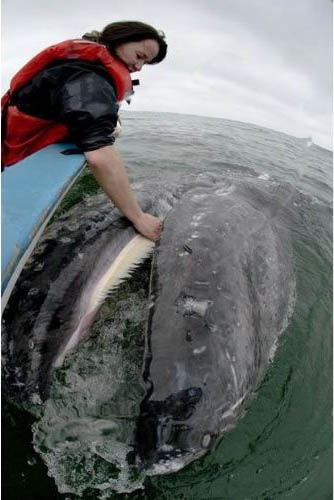
Baja is well known as a great place to whale watch. The Peninsula is home to several different types of whales, including the California Gray whale and the Finback whale. While the California Grays are just visiting for short periods of time along the west coast, the Finbacks are full-time residents in the Sea of Cortez. Both breeds are a spectacle to behold and a true natural treasure.
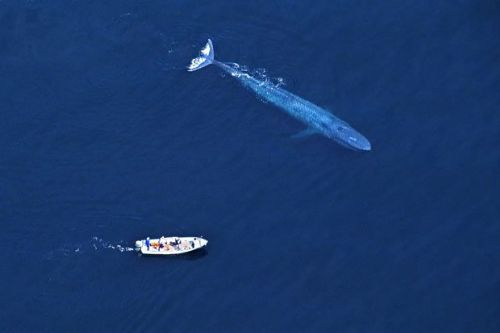
The whale that seems to get everyone most excited in Baja is the California Gray whale. This magnificent creature spends summers in the waters off of Alaska, and then heads 6,000 miles south to the warmer lagoons of Baja in January, February and March. Their main reason for heading south is to mate and give birth in the protected shallow lagoons in Baja.
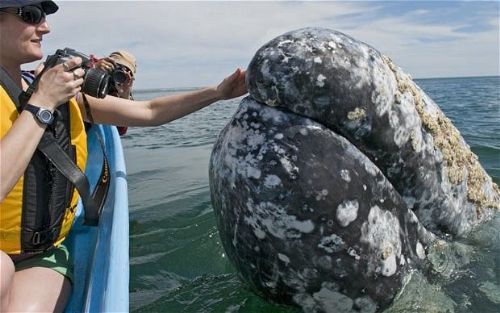
In the late 1960's a fisherman named Francisco had his hand-lines dropped off of the side of his panga in Laguna Ignacio, the middle of Baja's three west coast lagoons. He had seen the whales in the lagoon over the years, but there had been no history of whales interacting with humans up to that point. But that day the whale came up to his panga and stopped. Francisco was afraid that the 40 foot whale whale would tip over his small boat and send him into the water. But the whale just stayed next to the boat and eventually Francisco "petted" the large mammal. This was the beginning of today's popular whale watching adventures in Baja. No other location on Earth offers such an experience.
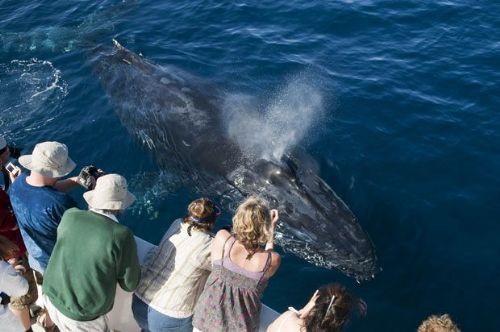
In the early 1970's Francisco began taking out other people who were interested in a close-up look at these magnificent creatures. Eventually the lagoon became part of the huge El Visciano Biosphere Reserve, and the whale watching trips became regulated in an attempt to preserve the lagoons and the whales who visit each year. Today Francisco's som Gunaro continues to share this special experience with those who want to see the whales up close and personal.!
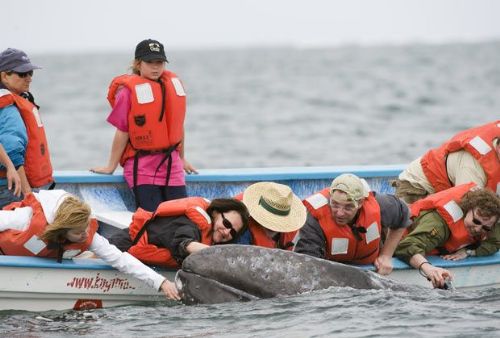
After being hunted to near extinction at the turn of the century for their blubber and oil, these gentle giants have grown in population to about 23,000 today. Debate about removing the California Gray from the "Endangered Species" designation and an increased level of awareness of the plight of these mammals is proof that mankind can indeed turn around an almost tragic situation.
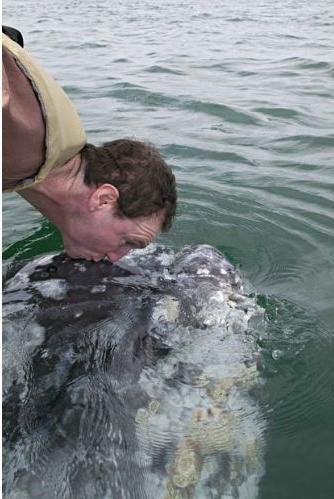
For years the northern lagoon (often called Scammon's Lagoon after the whaler who originally discovered this 'hiding place') was the main venue for whale watching. This is where the whales were originally discovered by whalers, and this became the main location for whale watching for many years. After a while it became common knowledge that Laguna San Ignacio a bit further south was also popular with the California Gray, and in the 1990's a small contingent of boats started offering whale watching in this 15 mile long lagoon. Bahia Magdalena, another 100 miles south, is now becoming an increasingly popular whale watching location, mainly because of it's proximity to the International Airports in LA PAZ and LORETO. A small percentage of whales make it as far south as CABO SAN LUCAS and the EAST CAPE, but there are no large lagoons in those areas for viewing them.
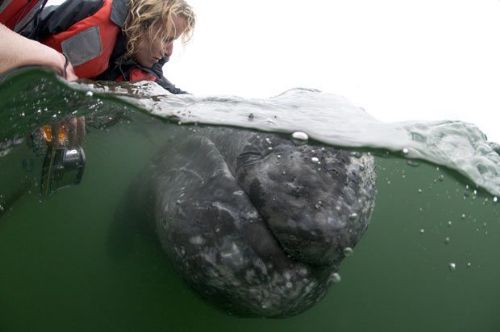
FEEDBACK MAP
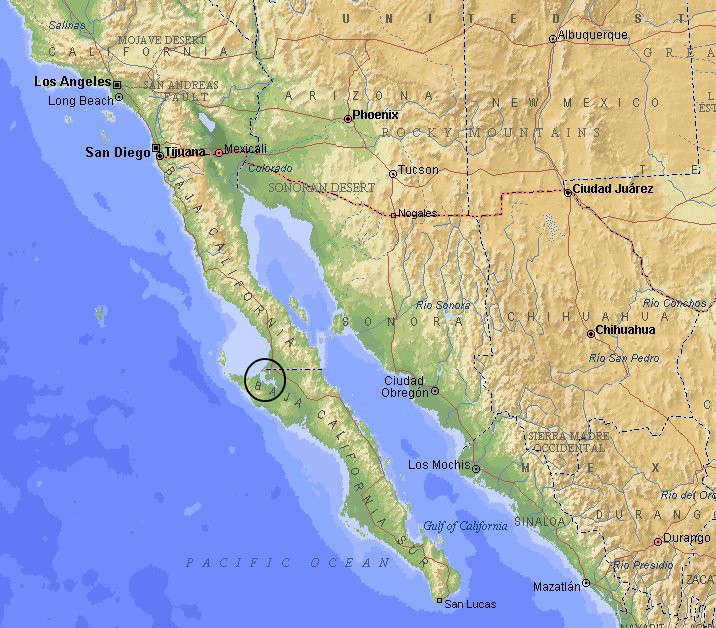
Many thanks to Ray McClure for finding, preparing, and programming this Target of the Week.